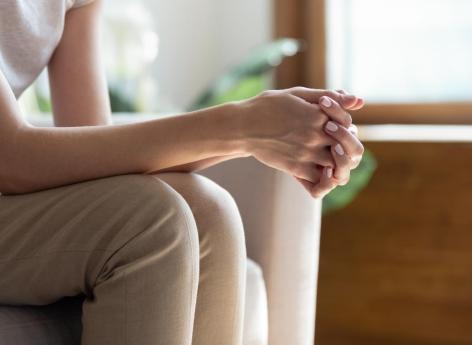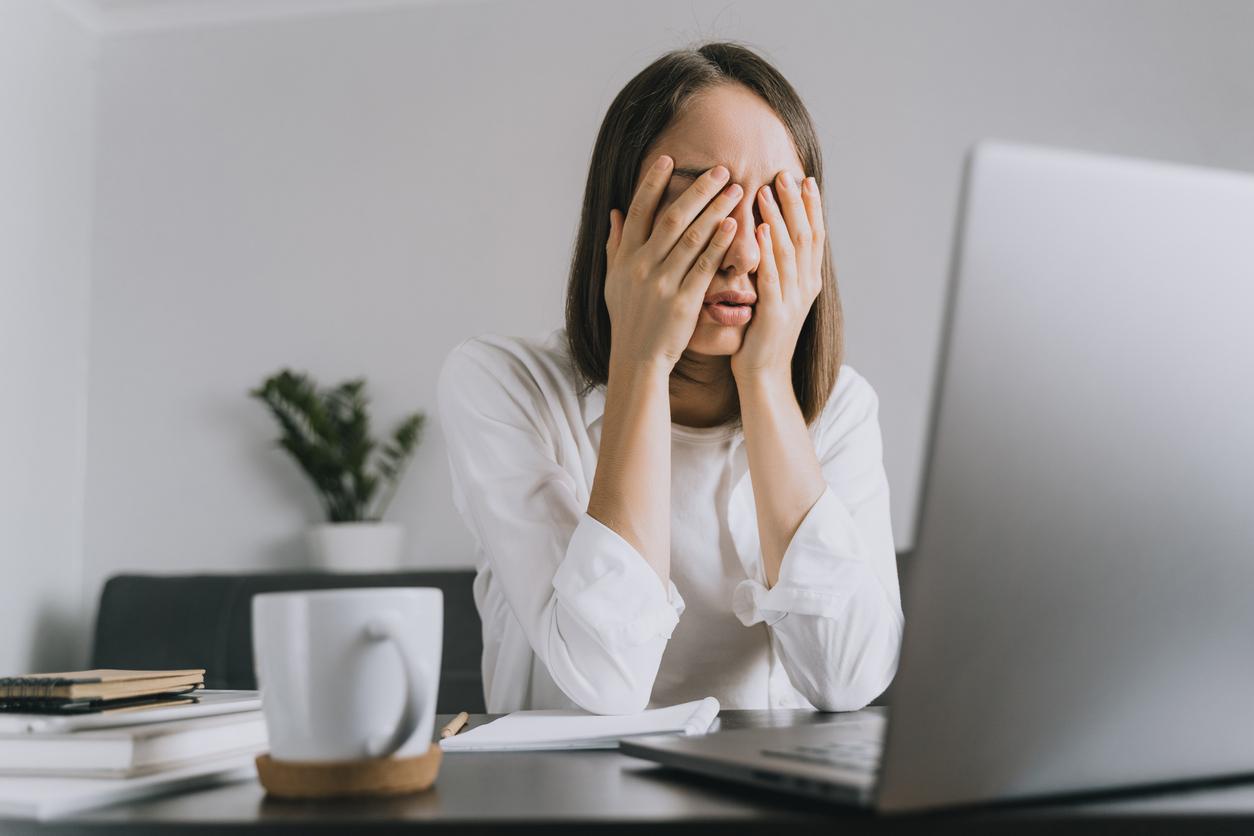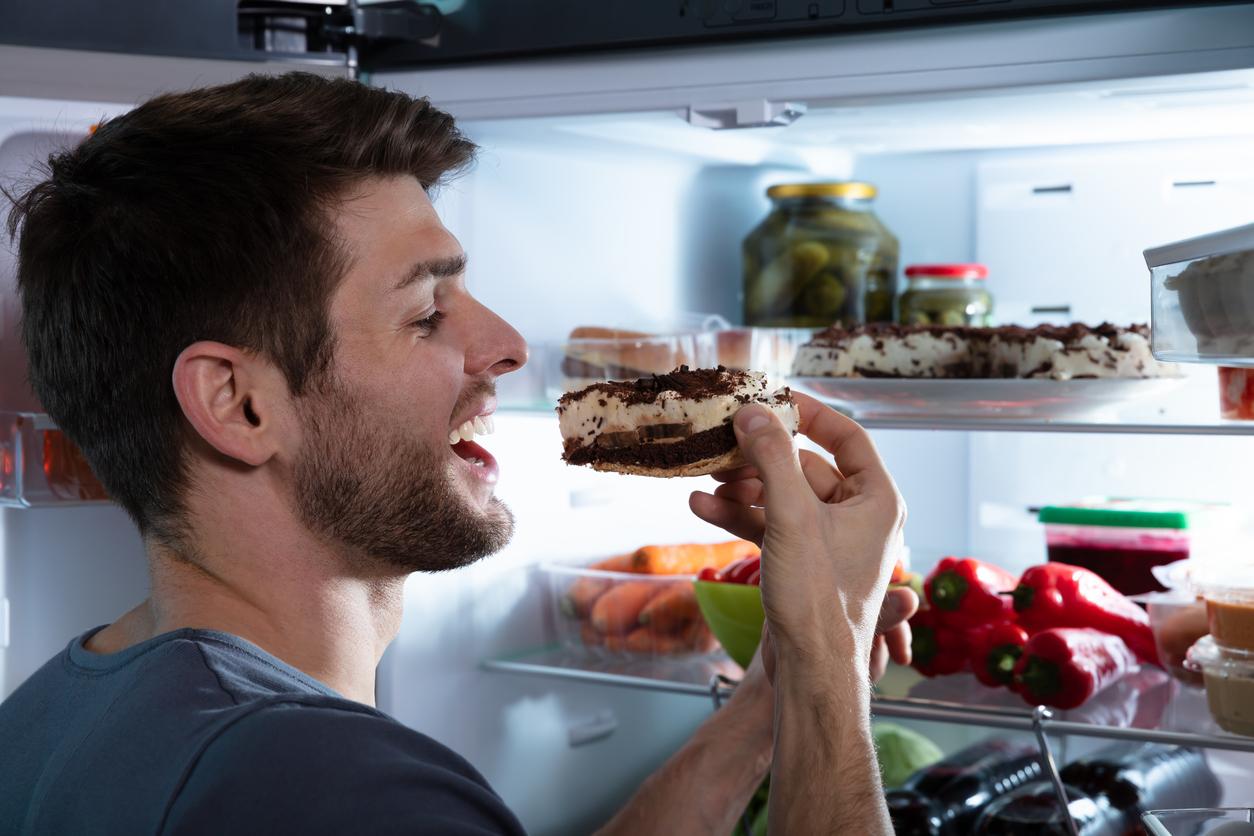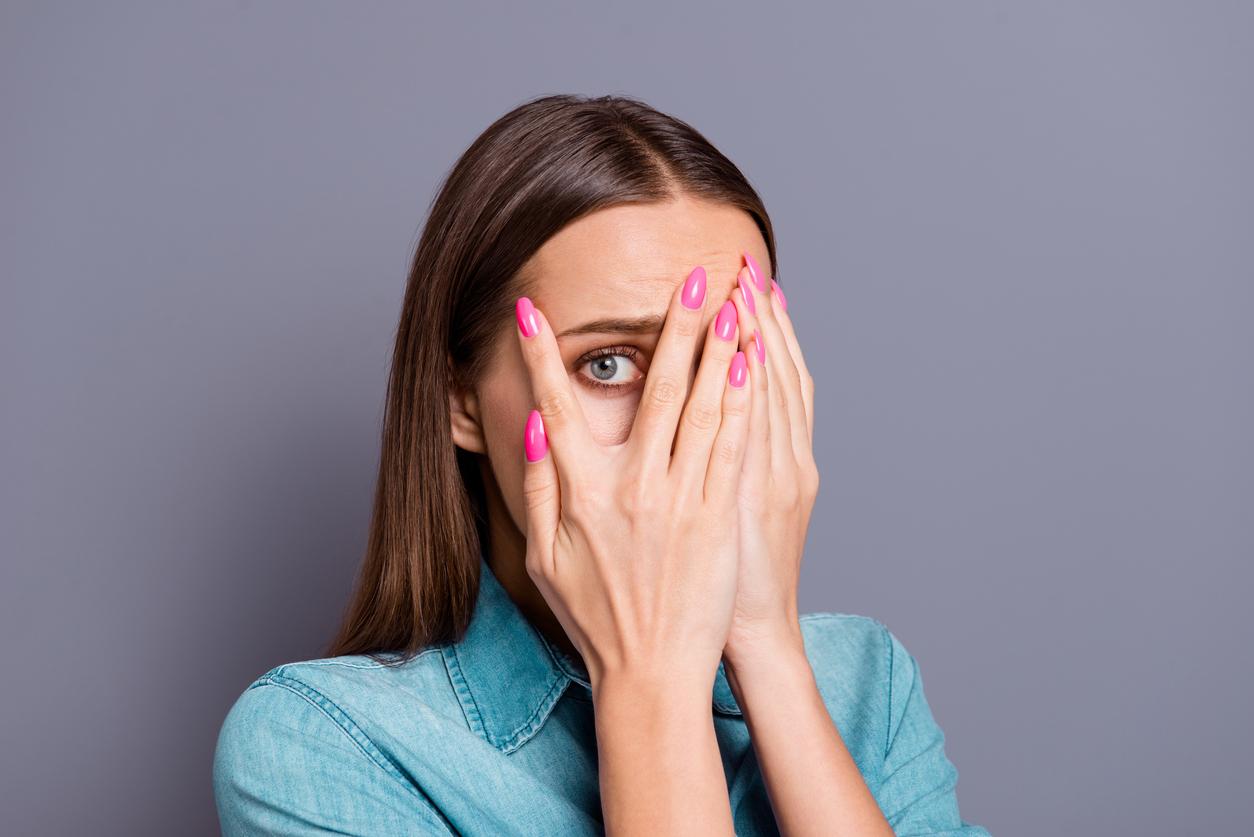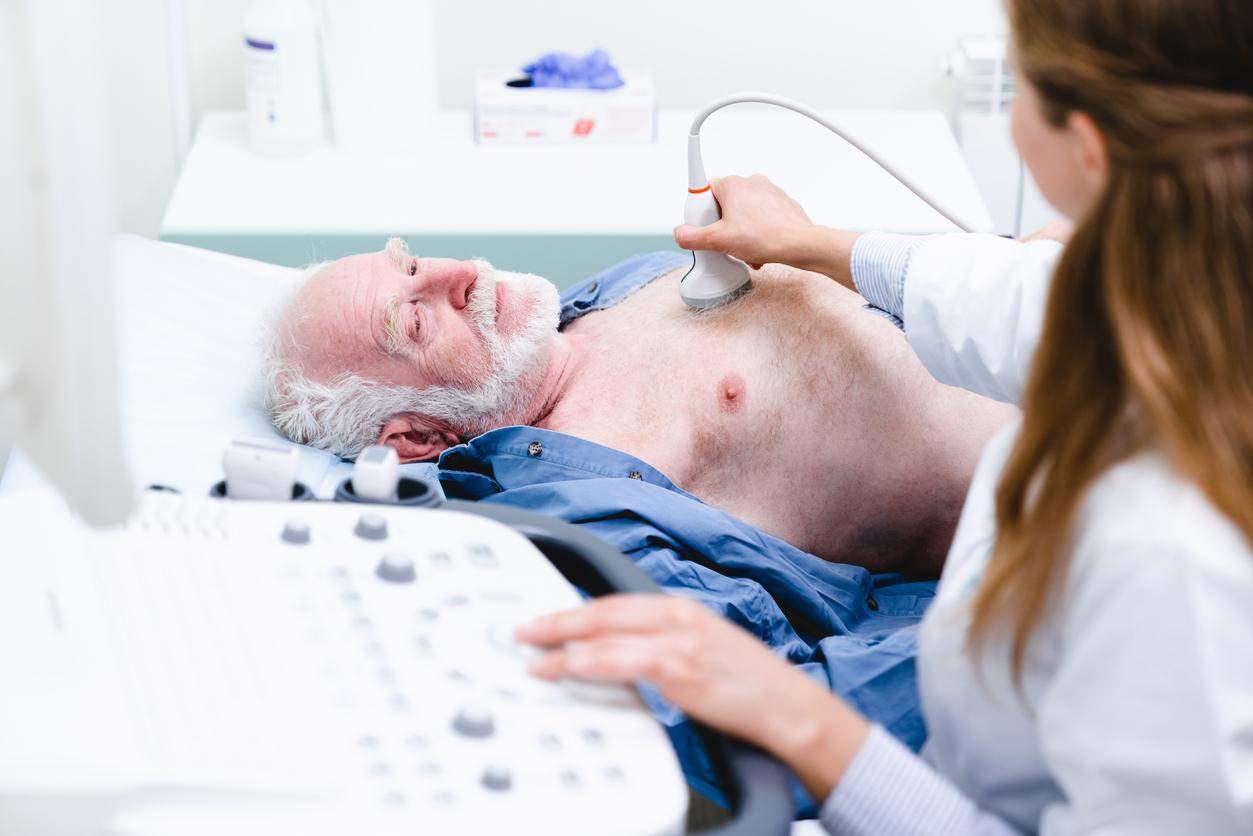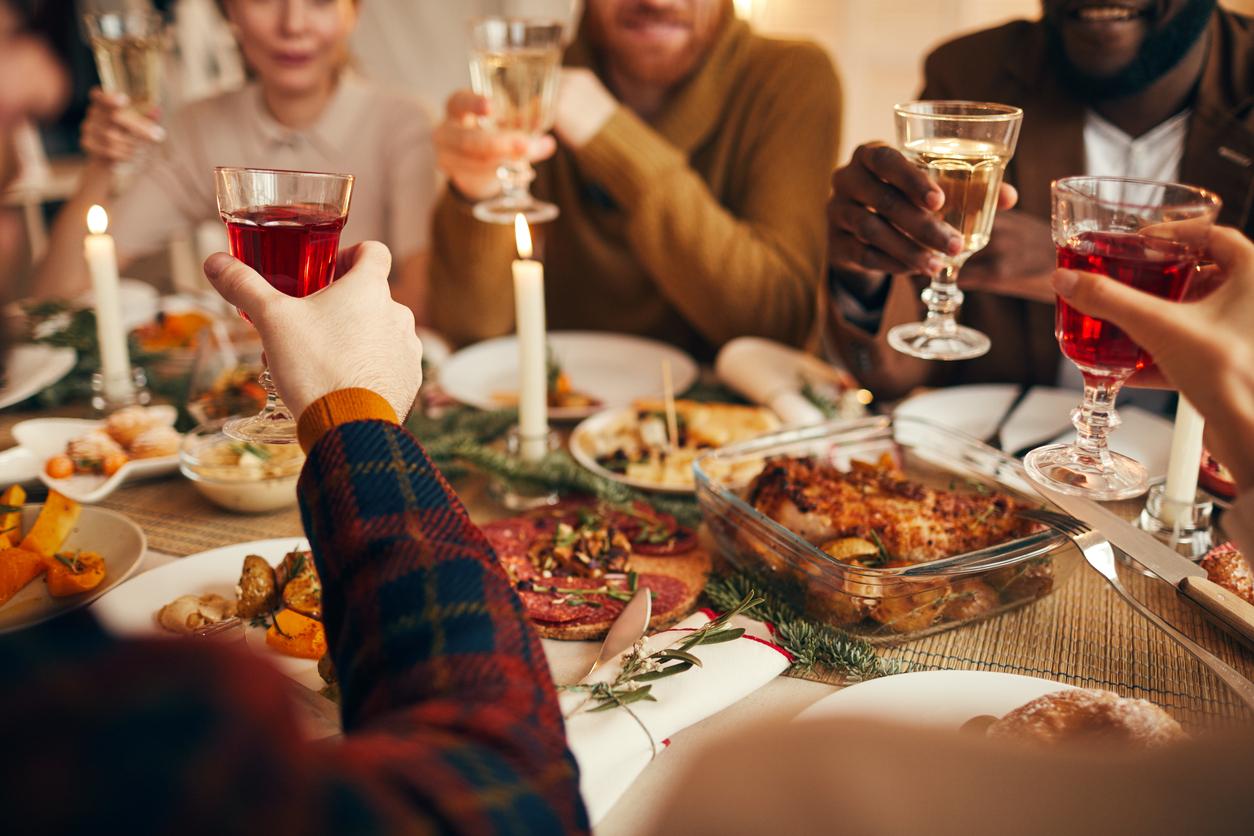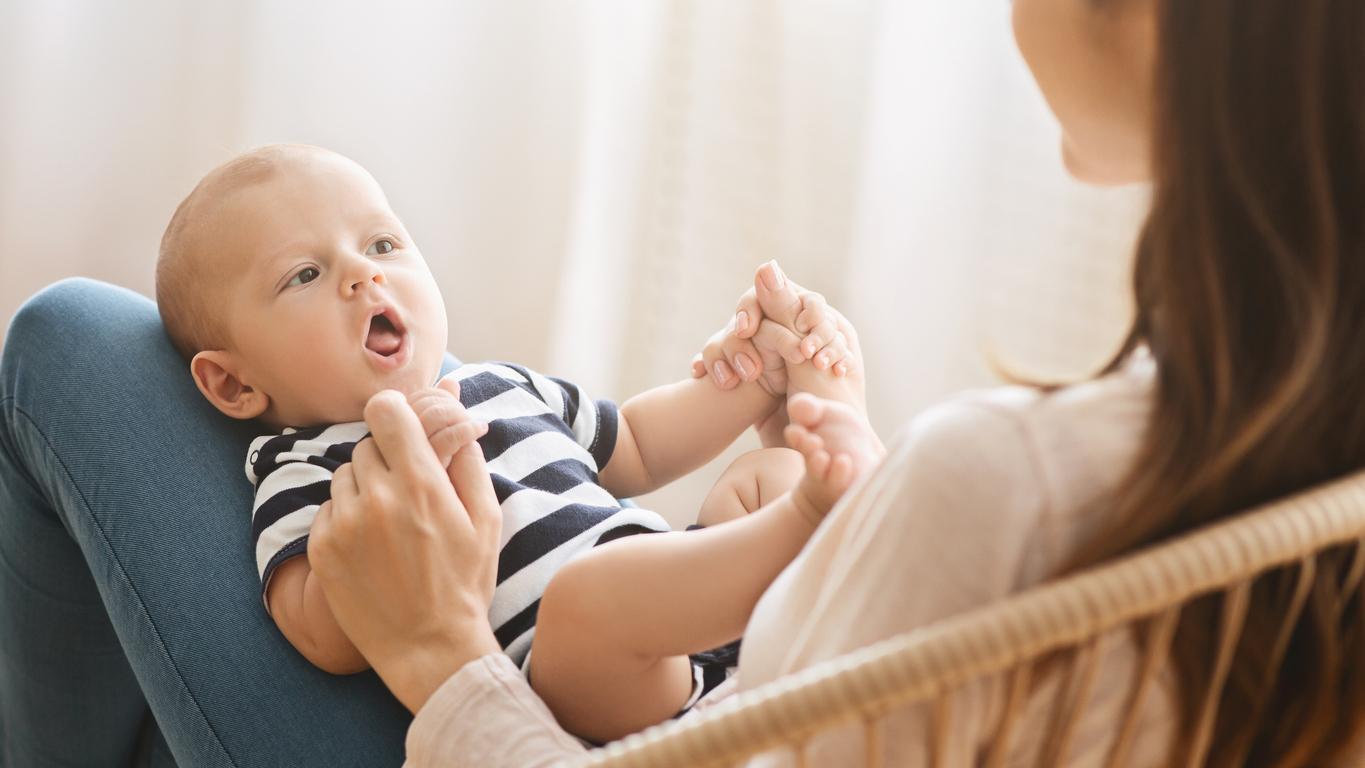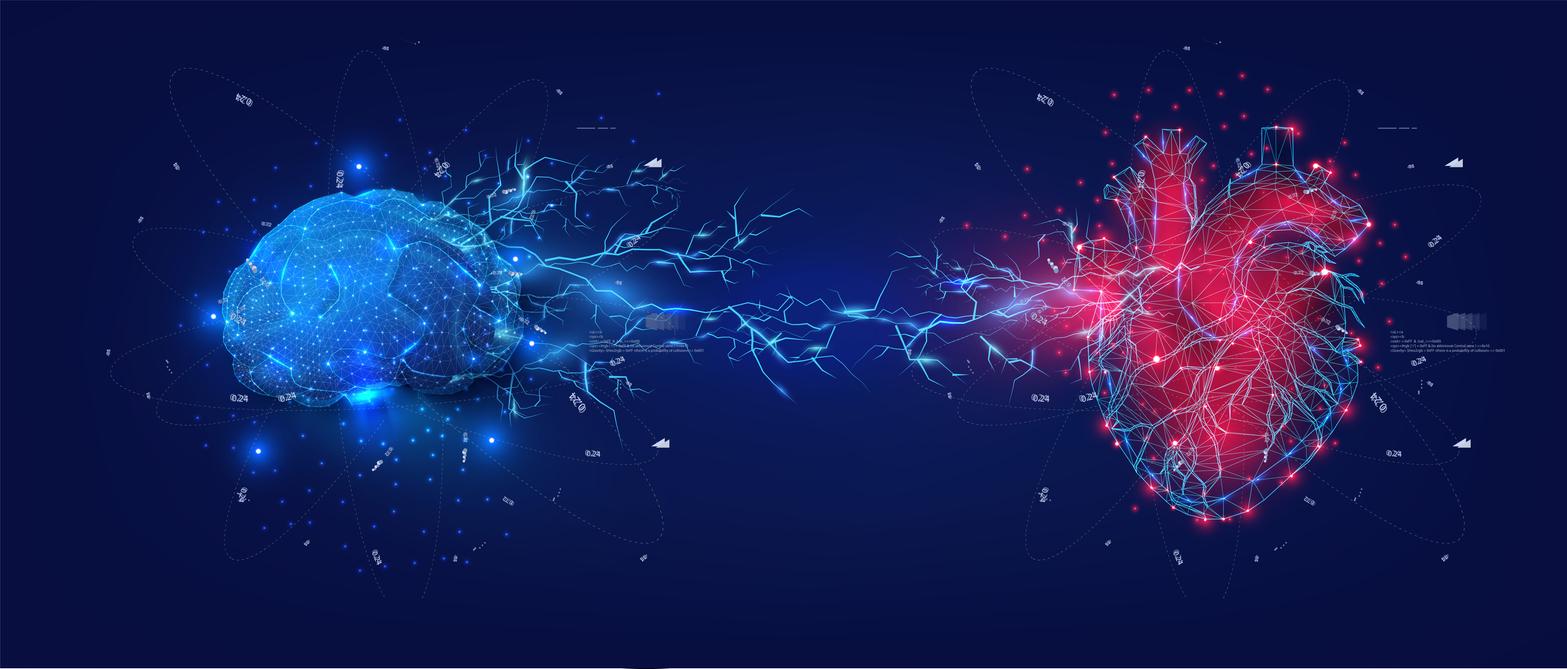For fear to become recreational, it is important that our brain does not associate it with a real danger, otherwise the feelings of fear and pleasure will not be able to mix.
-1603799164.jpg)
- Fear becomes enjoyable when it correlates with pleasure and heart rate.
- If the fear curve follows the same path as the heartbeat, then you’re good to go. In case the heart is yo-yoing and the fear is continuous, it becomes an unpleasant feeling.
- For fear to be associated with pleasure, the brain must above all take into account the notion of real danger.
During this Halloween period, it is fashionable to play scare yourself and test your limits. However, if initially fear is a survival reflex that serves to keep us away from danger, we have diverted it to make it an object of amusement. This is demonstrated by researchers from the University of Aarhus (Denmark) in their study published on October 26, 2020 in the journal Psychological Science.
play scare
“By studying how humans derive pleasure from fear, we find that there seems to be a ‘sweet spot’ where pleasure is maximizedsays Marc Malmdorf Andersen, researcher at the University of Aarhus and lead author of the study. There would be a relationship between fear, pleasure and physical excitement in the recreational forms of fear.
According to the research team, fear would become entertaining when it created a physical reaction in us that bordered on pleasure, such as a sudden acceleration of the heart rate, but which did not constitute a real threat. However, this limit between pleasure and unpleasant experience varies from one person to another, depending on their experience and their sensitivity.
For this study, the researchers studied the behavior of 110 participants who had to give their impressions of a haunted house attraction in Denmark. Each tester was fitted with a heart rate monitor that recorded them in real time in the attraction. In the haunted house of about forty rooms, several stratagems have been put in place to simulate different scares. This ranged from room chases by zombies to more classic traps to startle participants. The haunted house was also full of surveillance cameras, which filmed the reactions of the participants.
Once the experience was over, participants had to rate their level of fear and pleasure after each interaction they experienced in the haunted house. By comparing this self-reported data with CCTV footage and people’s heart rates, the researchers were able to analyze elements related to fear and pleasure on different levels.
When fear becomes recreational
Generally, fear is considered an unpleasant emotion, but when it is mixed with the notion of pleasure, we then speak of recreational fear. In their findings, the researchers found a pattern that can be drawn in an inverted U-shape, showing when fear is present and when pleasure is maximized.
“If people aren’t very scared, they don’t really enjoy the attraction, and the same thing happens if they’re too scared.insists Marc Malmdorf Andersen. Rather, it seems that it takes ‘right’ fear to maximize pleasure..”
So, fear would be a story of dosage. It would also be in the “good zone” when the heart rate follows the same inverted U curve as fear. Conversely, when the feeling of fear is too long, when the heart rate makes the yo-yo going up and down constantly, then it is the “traditional” fear, the one that makes the experience unpleasant, which take the top.
.








